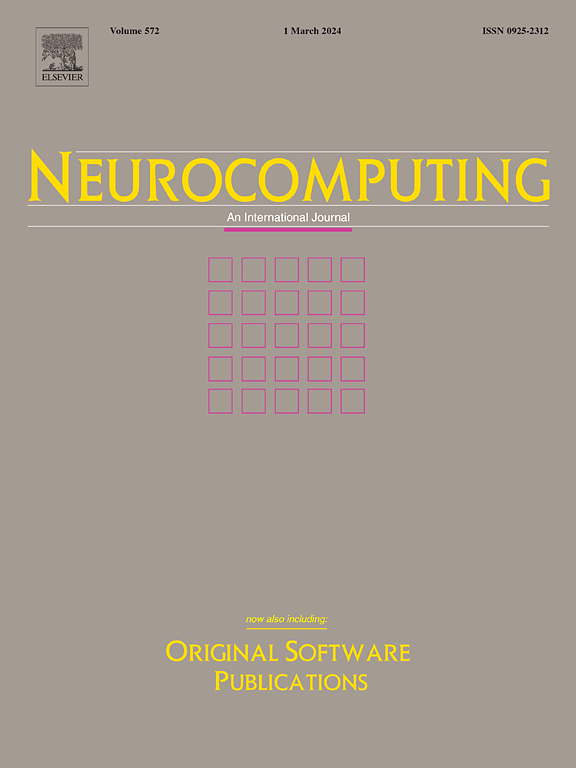Learning deep feature representations for multi-modal MR brain tumor segmentation
IF 5.5
2区 计算机科学
Q1 COMPUTER SCIENCE, ARTIFICIAL INTELLIGENCE
引用次数: 0
Abstract
Brain tumor segmentation is crucial for accurate diagnosis, treatment planning, and patient monitoring. Different MRI sequences can provide unique and complementary information about various aspects of brain tumors. However, effectively integrating diverse data sources to achieve accurate segmentation remains a significant challenge due to the inherent complexity and variability of the data. To address this challenge, this paper proposes a deep learning framework designed to fuse multi-modal MRI data and enhance brain tumor segmentation accuracy. Specifically, the framework introduces two innovative modules: the modality-wise feature fusion module (MFFM) and the spatial and channel-wise feature fusion module (SCFFM). The MFFM aims to learn modality-specific features and integrate information from diverse modalities, thereby ensuring richer and more discriminative feature representations. Meanwhile, the SCFFM is designed to capture contextual information and achieve multi-channel data incorporation by emphasizing informative regions and highlighting critical features. Together, these modules collaboratively enhance the model’s capacity for feature learning, leading to more precise tumor segmentation. Experimental validation on two public datasets demonstrates the effectiveness of the proposed approach, achieving an average Dice similarity coefficient of 83.2% with an average 95% Hausdorff distance of 4.3 mm on the BraTS 2018 dataset, and an average Dice similarity coefficient of 82.9% with an average 95% Hausdorff distance of 5.5 mm on the BraTS 2019 dataset. This framework not only presents an effective method for precise multi-modal brain tumor segmentation but also provides a promising solution for other challenges in multi-modal data fusion.
为多模态磁共振脑肿瘤分割学习深度特征表征
脑肿瘤的分割对准确诊断、治疗计划和患者监测至关重要。不同的MRI序列可以提供脑肿瘤各个方面的独特和互补的信息。然而,由于数据固有的复杂性和可变性,有效地整合不同的数据源以实现准确的分割仍然是一个重大挑战。为了解决这一挑战,本文提出了一个深度学习框架,旨在融合多模态MRI数据,提高脑肿瘤分割的准确性。具体来说,该框架引入了两个创新模块:模态智能特征融合模块(MFFM)和空间和信道智能特征融合模块(SCFFM)。MFFM旨在学习特定于模态的特征,并整合来自不同模态的信息,从而确保更丰富、更具判别性的特征表示。同时,SCFFM旨在通过强调信息区域和突出关键特征来捕获上下文信息并实现多通道数据合并。总之,这些模块协同增强了模型的特征学习能力,从而实现更精确的肿瘤分割。在两个公共数据集上的实验验证证明了该方法的有效性,在BraTS 2018数据集上,平均骰子相似系数为83.2%,平均95%豪斯多夫距离为4.3 mm;在BraTS 2019数据集上,平均骰子相似系数为82.9%,平均95%豪斯多夫距离为5.5 mm。该框架不仅为精确分割多模态脑肿瘤提供了有效的方法,也为多模态数据融合中的其他难题提供了很好的解决方案。
本文章由计算机程序翻译,如有差异,请以英文原文为准。
求助全文
约1分钟内获得全文
求助全文
来源期刊

Neurocomputing
工程技术-计算机:人工智能
CiteScore
13.10
自引率
10.00%
发文量
1382
审稿时长
70 days
期刊介绍:
Neurocomputing publishes articles describing recent fundamental contributions in the field of neurocomputing. Neurocomputing theory, practice and applications are the essential topics being covered.
 求助内容:
求助内容: 应助结果提醒方式:
应助结果提醒方式:


